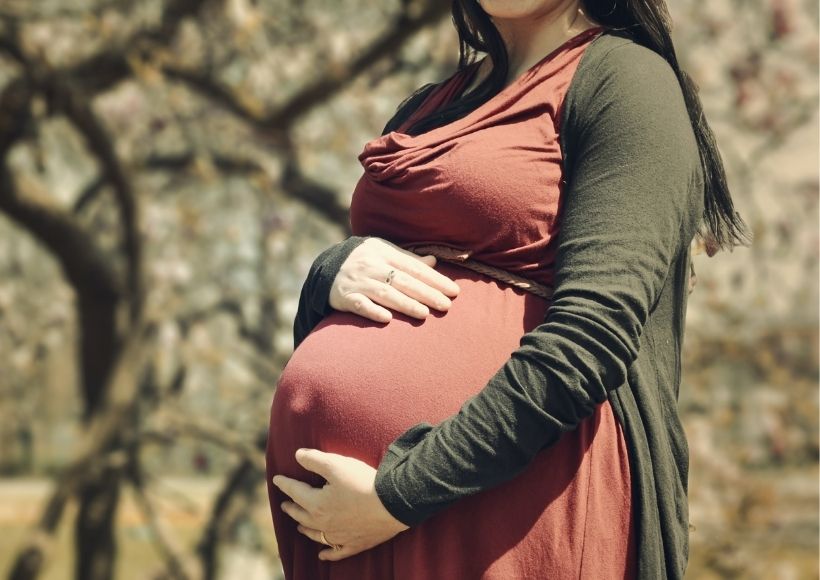Twin Pregnancy: The number of fetuses per gestation varies between different species. In humans, the proportion between the size of the mother and the fetus means that the optimal number of fetuses to gestate simultaneously is one to minimize the risks of pregnancy, and for this nature has its security systems to make it habitually The woman produces only one egg per cycle.
Table of Contents
Why have twin pregnancies increased?
In the human race one in 80 pregnancies is of two fetuses simultaneously, one in 6,400 triplets, and one in 52,000 quadruplets. These frequencies have increased in recent decades for two main reasons:
Assisted reproduction techniques: ovulation induction treatments cause the number of eggs generated in a cycle to be multiple and in vitro fertilization treatments it is sometimes decided to transfer more than one embryo at a time to increase the chances of pregnancy .
Maternal age: each time we face pregnancy at older ages and, at older ages, there is a greater risk of ovulation failure and a greater probability of ovulating more than one egg per cycle. It is estimated that the possibility of spontaneous multiple gestation is double between 35 and 39 years of age than between 20 and 25.
Types of twin pregnancies
There are two types of twin pregnancies that are absolutely different from many points of view:
Bizygotic
It constitutes 67% of twins, and is popularly known as twin pregnancy . It is the simultaneous gestation of two different ovules fertilized by two different spermatozoa, they are two brothers gestated simultaneously and they can look more or less the same as any pair of brothers and they can have different sexes.
They are the type of twin pregnancies that have a genetic component, since the fact that a woman can give two ovules in the same cycle is a trait that can be shared by different members of the same family.
monozygotic
It happens in 33% of twin pregnancies. It is a pregnancy that was initially single and that during the first days of gestation is divided into two , which will be identical individuals and of the same sex. It is an “accident” produced at random, it does not have a greater family incidence. Depending on the moment in which the division occurs, there will be different types of this category of twin pregnancies:
- Until the third day after conception, it will be dichorionic diamniotic, which means that each of the twins has its own amniotic sac and placenta . The course of pregnancy and its complications do not differ from dizygotic pregnancy and it is impossible to distinguish between them during pregnancy.
- Between the third and ninth day post conception, it will be monochorionic diamniotic, which means that each twin is in its own amniotic sac but shares a placenta .
- Between the ninth and thirteenth day post conception it will be monochorionic and monoamniotic, they share a placenta and are in the same sac.
- Beyond the thirteenth day it is monochorionic, monoamniotic and with fusion of the fetuses (Siamese), shared placenta, the twins are together in the same sac and share some part of their organism by which they are united.
Is a twin pregnancy more risky?
Twin pregnancies are generally considered risky; Pregnant twins have a higher risk of hyperemesis gravidarum , anemia, preeclampsia, gestational diabetes , and intrauterine growth retardation. Childbirth has a higher risk of being premature, cesarean section and postpartum bleeding.
- In addition, there are some complications typical of monochorionic pregnancies: we can get used to the idea of the seriousness of Siamese twins, but the fact of sharing the placenta or the sac are also critical facts, which can lead to very serious complications.
- Because they share the amniotic sac, the twins can entangle their umbilical cords , and because they share the placenta, a very frequent complication can occur in this type of twin pregnancies called feto-fetal transfusion , which implies that the distribution of the territory of the placenta that they share does not it is even between them, one receives less blood supply with which it suffers a restriction and grows less.
- The twin who receives more does not benefit , because his heart suffers an overload that damages it. It is an irreversible complication that, without treatment, will end the lives of both twins.
Fortunately, nowadays, as soon as this process is diagnosed, a daring intervention can be attempted: a laparoscopy is performed to seal the placental vessels so that each twin receives blood from a balanced territory of the placenta. If the intervention is successful, the course of the pregnancy will continue with the same risks of a dichorionic twin pregnancy.
Despite all the risks and complications of twin pregnancies, not all are disadvantages, if everything ends happily, there is no doubt that it is a very special experience for parents and siblings, who will have a unique relationship with each other, and there is studies that show that they learn to share better and are more social than children of singleton pregnancies.
Also Read : Five Pregnancy Myths Put To The Test

